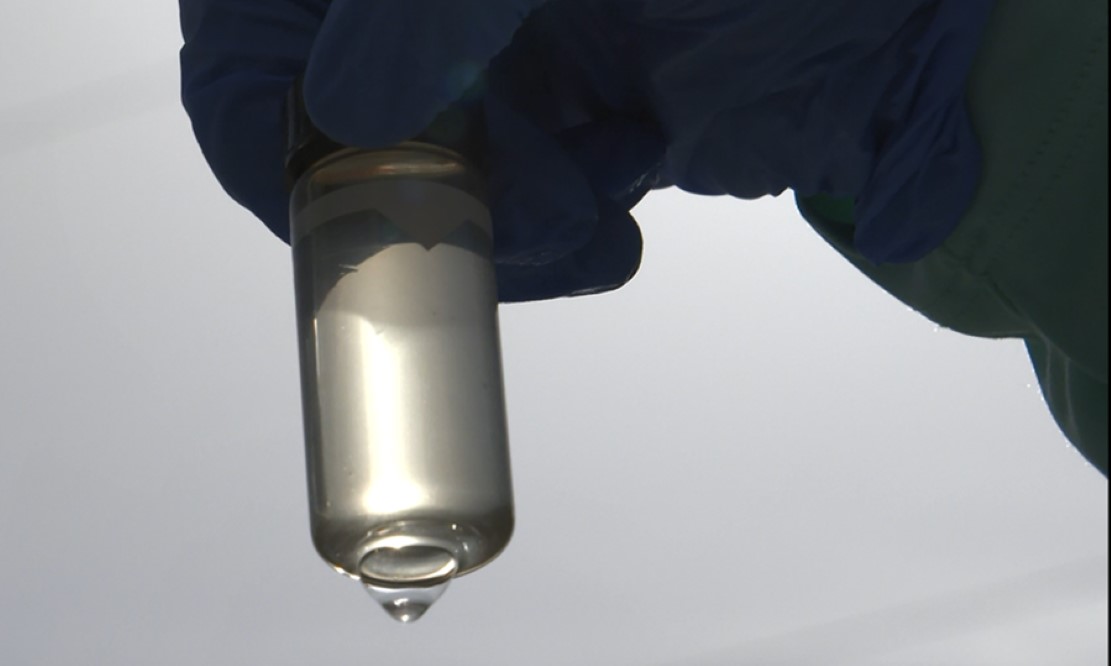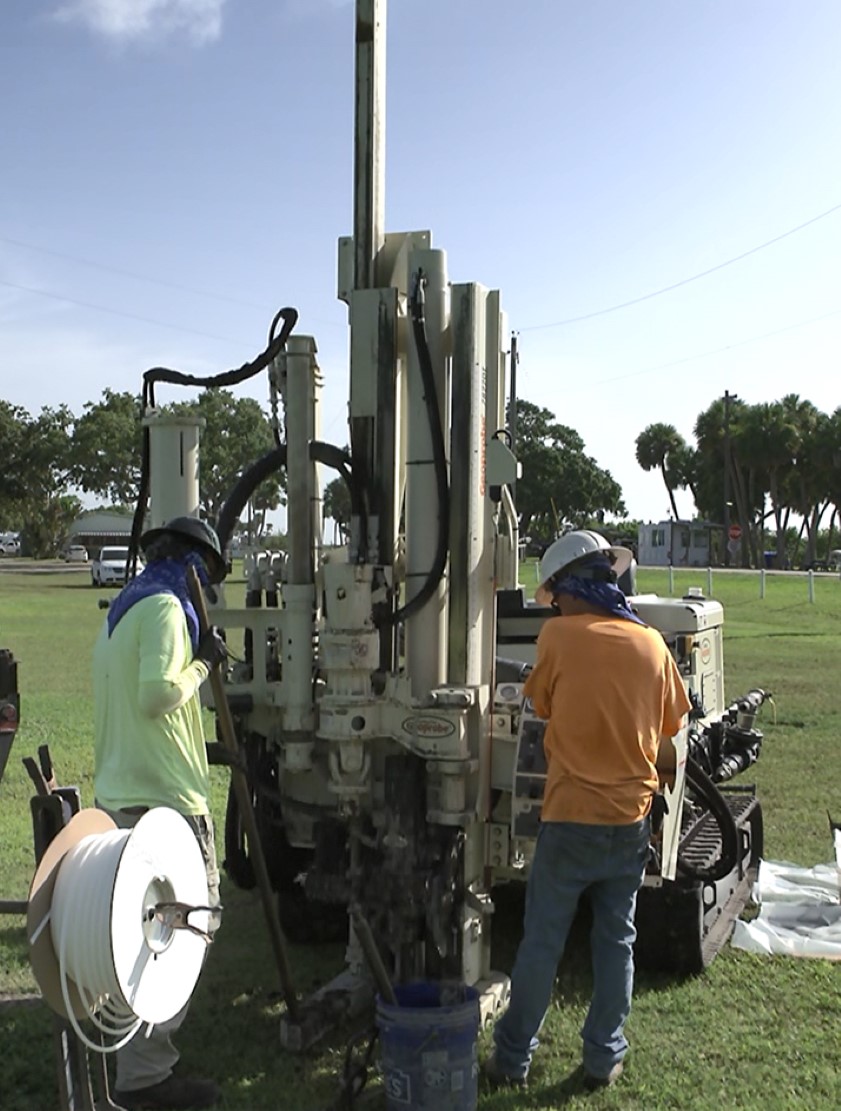Since 2015, NASA has been assessing the presence of per- and polyfluoroalkyl substances (PFAS), and the agency’s Kennedy Space Center in Florida began center-wide sampling of ground and surface water in 2018. As the agency has learned more, the investigation at Kennedy began concentrating on certain areas, including one that was threatened by a wildfire in 1998.
The center’s South Repeater Building area became a focus for PFAS sampling because firefighters used Aqueous Film Forming Foam (AFFF) to prevent the fire from engulfing the building and spreading to nearby private homes. The common firefighting foam contained certain PFAS compounds, which resist breaking down and remain in the environment for many years.
“NASA and Kennedy Space Center are committed to protecting human health and the environment in all its activities,” said Rosaly Santos-Ebaugh, chief of Kennedy’s Environmental Assurance Branch. “We have been working hard to understand where PFAS may be present on the center so we can take appropriate remedial action.”
Within the last year, Kennedy increased groundwater sampling to better monitor and identify where PFAS may be in groundwater. Because the South Repeater Building is near the center’s boundary, NASA has expanded its focus and is offering to sample the groundwater of about 40 property owners or occupants of an area outside Kennedy’s southern fence line. NASA will use the information to help determine clean-up actions to take.
“There are technologies known to remove PFAS from groundwater, such as granular activated carbon, ion exchange resin, and reverse osmosis,” said Ryan O’Meara, remediation project manager within the Environmental Assurance Branch. “We are preparing to initiate a pilot study of groundwater extraction and treatment methods to help us in considering clean-up options once we have more data from these studies.”
AFFF is the primary source of PFAS on Kennedy. It was introduced in the 1980s for firefighting purposes and has never been used for launch operations. In 2020, NASA switched to a different version of the firefighting foam intended as an alternative to the previous formulation. The Kennedy fire department also retrofitted its fleet of trucks with collection and recycling equipment to limit the amount of AFFF released into the environment.
What is PFAS?
The family of PFAS compounds has been manufactured and used since the 1940s in a variety of industries in the United States and around the world. Many consumer products contain PFAS, including some non-stick cookware, outdoor clothing, fabrics, carpets, and paper packaging for food.
PFAS-containing products repel water, stains, and oil. These characteristics that make PFAS compounds effective for so many uses also prevents them from breaking down in the environment. Because of the breadth of use and persistent nature of the chemicals, PFAS have been found throughout the United States and the world in surface water, groundwater, soil, and air in remote rural areas to densely-populated urban centers – and they can be transported distances from the source.
In the mid-2000s, the EPA and CDC (Centers for Disease Control and Prevention) began investigating these compounds further to learn more about the health effects of long-term exposure. Besides manufacturing or direct handling of PFAS, drinking water is the most common exposure route for people in the United States.
It’s important to note that Kennedy’s potable water is supplied by the City of Cocoa, which has been screened for PFAS, and no known drinking water wells are located on or near Kennedy property.
Ongoing Actions at Kennedy
“We’re continuing to learn more and making decisions based on guidance from federal and state regulatory agencies to shape the PFAS response at Kennedy,” said Anne Chrest, technical lead of Kennedy’s Remediation Program. “This includes conducting center-wide PFAS assessments at suspected AFFF use areas, fire stations, sewage treatment plants, sludge disposal areas, and landfills.”
Teams also are investigating to fully delineate PFAS impacts at Kennedy’s former fire training area (Hydrocarbon Burn Facility, Solid Waste Management Unit #007).
To better inform residents near the center’s southern boundary about the proposed groundwater sampling on private property, NASA’s environmental team organized two in-person information sessions for July 2023. The team also invited experts from Florida Department of Environmental Protection, the Florida Department of Health, and the U.S. Agency for Toxic Substances and Disease Registry to assist in answering residents’ questions.
“The data collected on- and off-center will help us determine where to initiate environmental cleanups,” said Chris Adkison, senior remediation project manager. “The sampling efforts also will help improve models of how PFAS may be moving in the environment, identify potential exposure pathways, and gain a better understanding of groundwater/surface water interactions.”
NASA continues to share all sampling plans and results with state and local environmental and public health agencies and will provide updates on the agency’s website as new information becomes available.
For more information about what’s known about the health effects of PFAS, see the Centers for Disease Control’s Agency for Toxic Substances and Disease Registry. For more information on NASA’s ongoing efforts, click here.
Click here to watch a video.


























